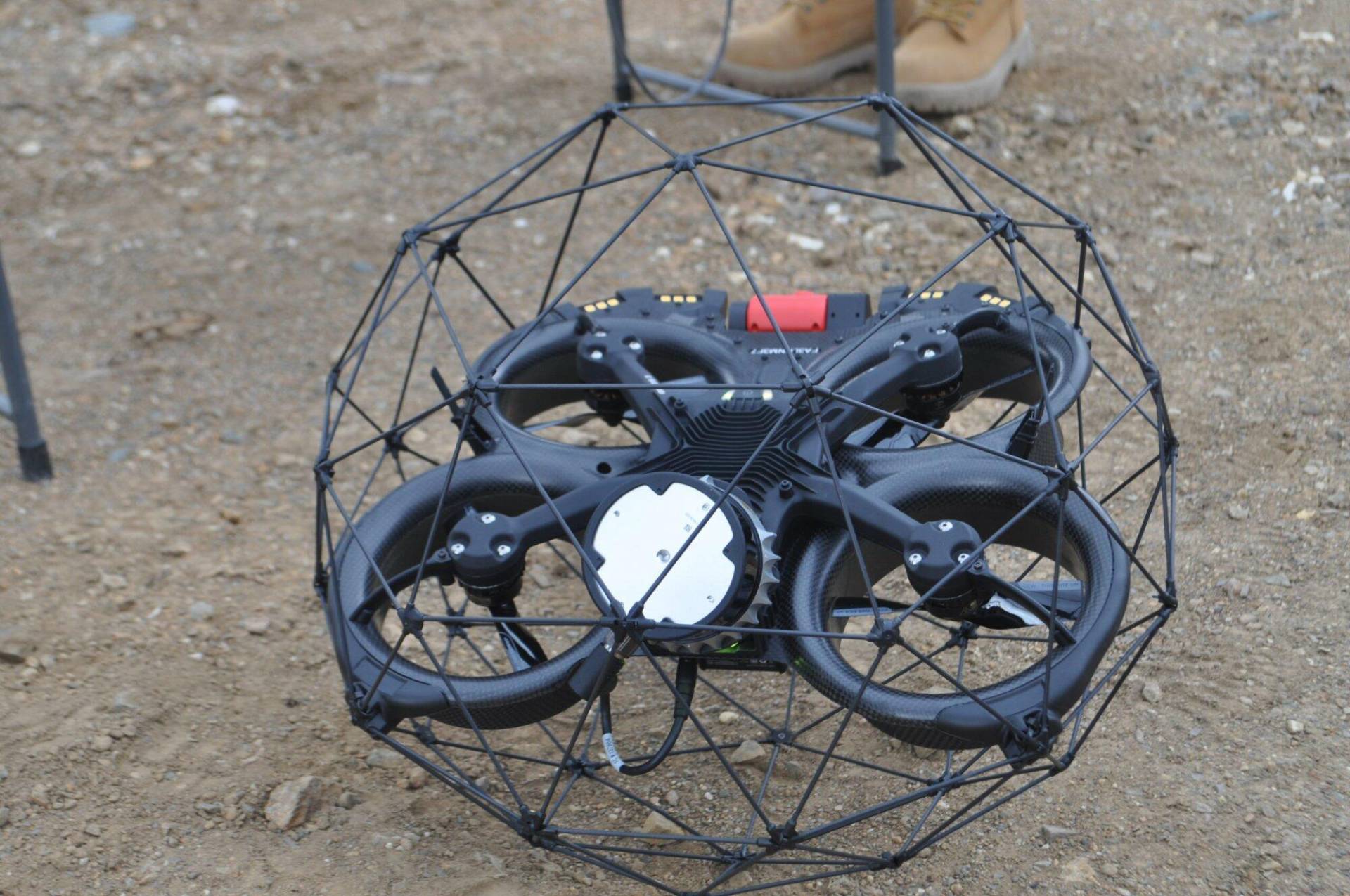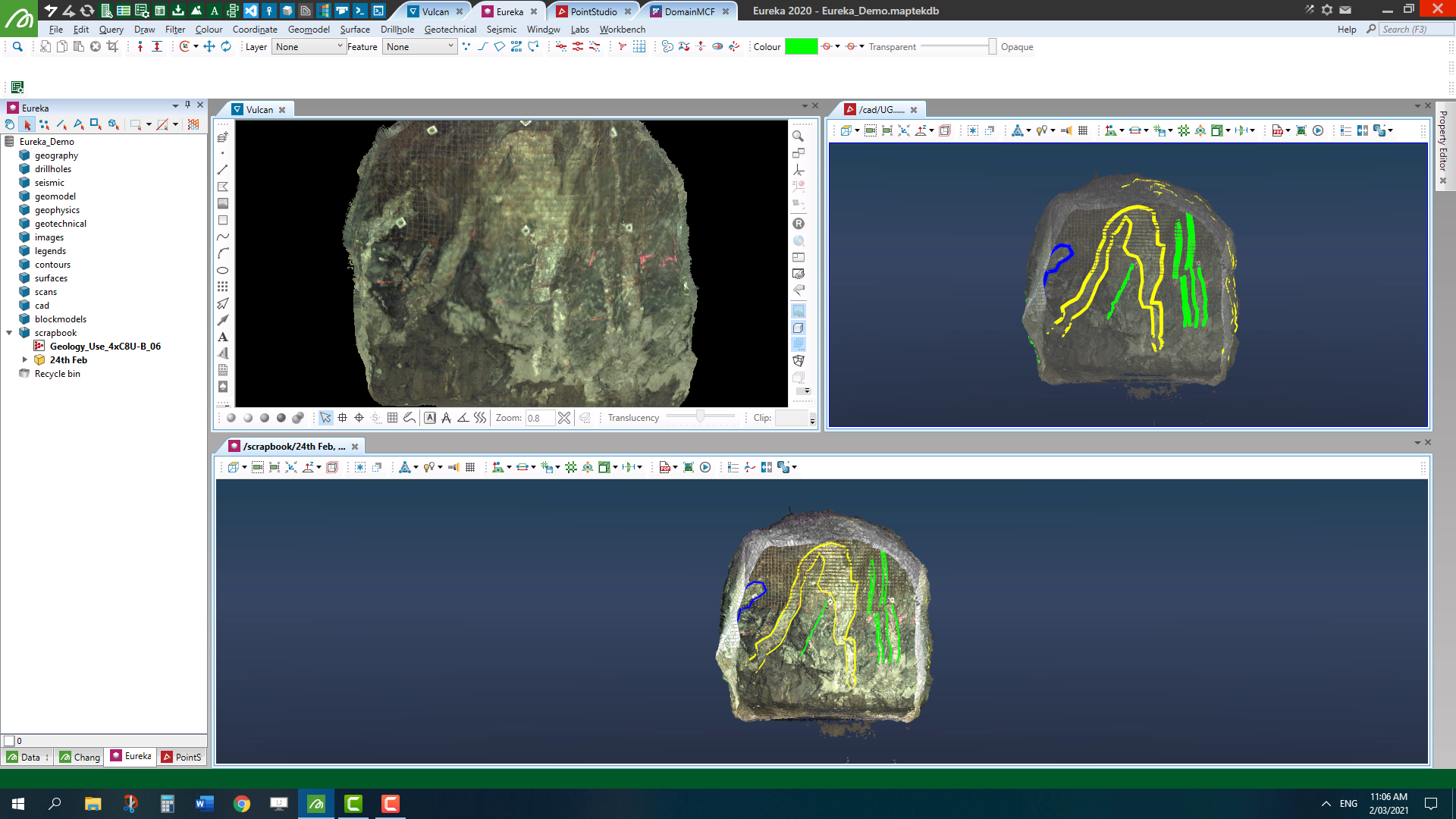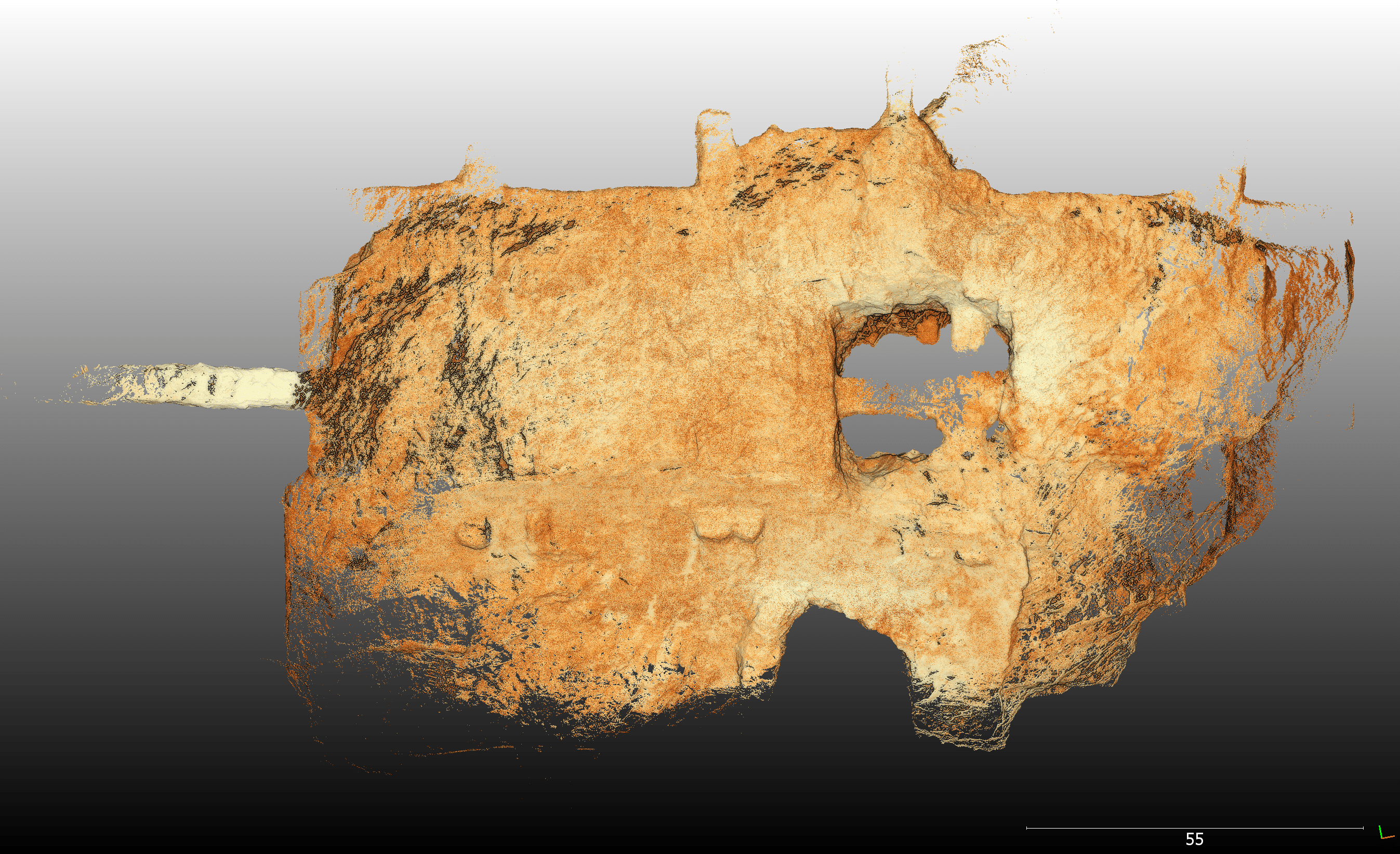Vermont Underground Scanning: Your Ultimate Guide To Hidden Infrastructure
Hey there, folks! If you're diving into the world of underground scanning, especially in the beautiful state of Vermont, you're in for a wild ride. Vermont underground scanning has become a hot topic in recent years, and for good reason. Whether you're a construction pro, an engineer, or just someone curious about what lies beneath the surface, this guide is here to break it all down for you. So, buckle up and get ready to uncover the secrets hidden beneath Vermont's picturesque landscapes!
Picture this: you're planning a new building project in Vermont, and suddenly, you realize there might be something lurking beneath the ground. What do you do? Enter underground scanning – the superhero of modern construction. This technology helps you see what’s hidden underground, ensuring safety and efficiency. It’s like having X-ray vision for your projects!
Now, before we dive deeper, let’s address the elephant in the room. Why is Vermont underground scanning so important? Well, Vermont’s terrain is unique, with a mix of rocky soil, dense forests, and historical infrastructure. This makes underground scanning not just a luxury, but a necessity. So, whether you're digging for treasure or laying down new pipes, this guide will be your trusty companion.
What Exactly is Vermont Underground Scanning?
Let’s start with the basics. Vermont underground scanning refers to the process of using advanced technology to detect and map out what’s beneath the surface. This includes utilities like water pipes, gas lines, electrical cables, and even old structures that might have been forgotten over time. Think of it as a treasure map, but instead of gold, you're looking for wires and pipes.
Here’s the kicker: underground scanning isn’t just about knowing what’s there. It’s also about understanding the layout and depth of these utilities. This information is crucial for planning and executing projects safely. Imagine starting a dig without knowing where the gas line is – yikes! That’s why underground scanning has become an essential tool in Vermont’s construction industry.
The Importance of Underground Scanning in Vermont
So, why should you care about underground scanning? Well, Vermont’s landscape is as unique as it is beautiful. The state’s rocky terrain and historical infrastructure make it a challenging place for construction projects. Without proper scanning, you risk damaging existing utilities, which can lead to costly repairs and dangerous situations.
Here’s a quick rundown of why underground scanning matters:
- Safety First: Knowing what’s beneath the surface prevents accidents and keeps workers safe.
- Cost Efficiency: Avoiding utility damage saves you money in the long run.
- Regulatory Compliance: Many projects require proof of underground scanning to meet local regulations.
- Environmental Protection: Proper scanning helps preserve Vermont’s natural beauty by preventing accidental leaks or spills.
These reasons alone make underground scanning a no-brainer for anyone working in or around Vermont.
How Does Underground Scanning Work?
Alright, let’s get technical for a moment. Underground scanning uses a variety of methods to detect what’s beneath the surface. The most common technologies include Ground Penetrating Radar (GPR) and Electromagnetic Detection (EM).
GPR: This method sends radar pulses into the ground and measures the reflections. It’s like sonar for the earth, allowing you to see objects buried beneath the surface.
EM Detection: This technique uses electromagnetic fields to locate metallic objects. It’s particularly useful for finding pipes and cables.
Both methods are non-invasive and highly accurate, making them ideal for Vermont’s challenging terrain. Plus, they can be used together for even better results. It’s like having two superheroes on your team instead of one!
Common Applications of Vermont Underground Scanning
So, where exactly is underground scanning used in Vermont? Let’s break it down:
Construction Projects
From building new homes to constructing highways, underground scanning is a must-have for any construction project. It helps planners and engineers understand the subsurface conditions, ensuring that their designs are safe and effective.
Utility Mapping
Mapping out utilities is crucial for maintaining Vermont’s infrastructure. Whether it’s locating water pipes or gas lines, underground scanning provides the detailed information needed to keep things running smoothly.
Environmental Surveys
Protecting Vermont’s environment is a top priority. Underground scanning helps identify potential hazards, such as abandoned wells or contaminated sites, allowing for timely intervention and cleanup.
These applications highlight just how versatile and valuable underground scanning can be. Whether you’re building, maintaining, or protecting, this technology has got your back.
Tips for Choosing the Right Underground Scanning Service
Not all underground scanning services are created equal. Here are some tips to help you choose the right one for your project:
- Experience Matters: Look for a company with a proven track record in Vermont. Local knowledge is key.
- Technology: Ensure they use the latest and most accurate scanning equipment.
- Reputation: Check reviews and testimonials from past clients.
- Cost: Get multiple quotes and compare prices, but don’t sacrifice quality for a lower price tag.
Remember, the right scanning service can make all the difference in the success of your project. Take your time and choose wisely.
Common Challenges in Vermont Underground Scanning
While underground scanning is a powerful tool, it’s not without its challenges. Here are a few hurdles you might face in Vermont:
Rocky Terrain
Vermont’s rocky soil can make scanning more difficult. The dense rock layers can interfere with radar signals, requiring specialized equipment and techniques to overcome.
Historical Infrastructure
Older utilities and structures can be tricky to locate. Many of Vermont’s underground systems were installed decades ago, and records may be incomplete or nonexistent.
Weather Conditions
Vermont’s weather can be unpredictable, with heavy snow and rain affecting scanning accuracy. Planning around these conditions is essential for getting reliable results.
Despite these challenges, modern scanning technology continues to evolve, making it easier to overcome these obstacles and get the information you need.
Regulations and Compliance
When it comes to underground scanning, knowing the rules is just as important as having the right tools. Vermont has specific regulations in place to ensure that scanning is done safely and effectively.
Here’s what you need to know:
- Permits: Some projects may require permits before scanning can begin.
- Reporting: You may need to provide detailed reports of your findings to local authorities.
- Safety Standards: Adhering to industry safety standards is a must to protect both workers and the environment.
Staying compliant not only keeps you on the right side of the law but also ensures that your project runs smoothly from start to finish.
Future Trends in Vermont Underground Scanning
As technology continues to advance, so does the field of underground scanning. Here are a few trends to watch out for:
AI and Machine Learning
Artificial intelligence is being used to improve the accuracy and efficiency of scanning processes. This technology can analyze data faster and more accurately than ever before.
3D Mapping
Three-dimensional mapping is becoming more common, providing even more detailed visuals of what’s beneath the surface. This can be a game-changer for complex projects.
Integration with Drones
Using drones to assist with scanning is another exciting development. This allows for larger areas to be scanned more quickly and efficiently.
These advancements mean that underground scanning will only become more powerful and useful in the years to come.
Conclusion
So, there you have it – your ultimate guide to Vermont underground scanning. From understanding the basics to navigating the challenges and staying compliant, this guide has covered it all. Underground scanning is an essential tool for anyone working in or around Vermont, providing the information needed to keep projects safe, efficient, and successful.
Now, here’s the fun part – what’s next? If you’ve found this guide helpful, why not share it with your friends and colleagues? And if you’re ready to take the next step, reach out to a reputable scanning service and get started on your project today. Who knows what treasures you’ll uncover beneath Vermont’s surface!
Table of Contents
- Vermont Underground Scanning: Your Ultimate Guide to Hidden Infrastructure
- What Exactly is Vermont Underground Scanning?
- The Importance of Underground Scanning in Vermont
- How Does Underground Scanning Work?
- Common Applications of Vermont Underground Scanning
- Construction Projects
- Utility Mapping
- Environmental Surveys
- Tips for Choosing the Right Underground Scanning Service
- Common Challenges in Vermont Underground Scanning
- Rocky Terrain
- Historical Infrastructure
- Weather Conditions
- Regulations and Compliance
- Future Trends in Vermont Underground Scanning
- AI and Machine Learning
- 3D Mapping
- Integration with Drones
- Conclusion



Detail Author:
- Name : Timmy Douglas
- Email : [email protected]
- Birthdate : 2000-12-08
- Address : 50718 Susanna Skyway North Mireya, DE 28683-0715
- Phone : 1-678-892-0336
- Company : Kuhlman-DuBuque
- Job : Rough Carpenter
- Bio : Itaque exercitationem recusandae neque. Molestias numquam asperiores eum sed animi quam ipsa. Non quisquam veritatis tenetur quae cupiditate harum sunt. Ducimus et saepe qui sit.